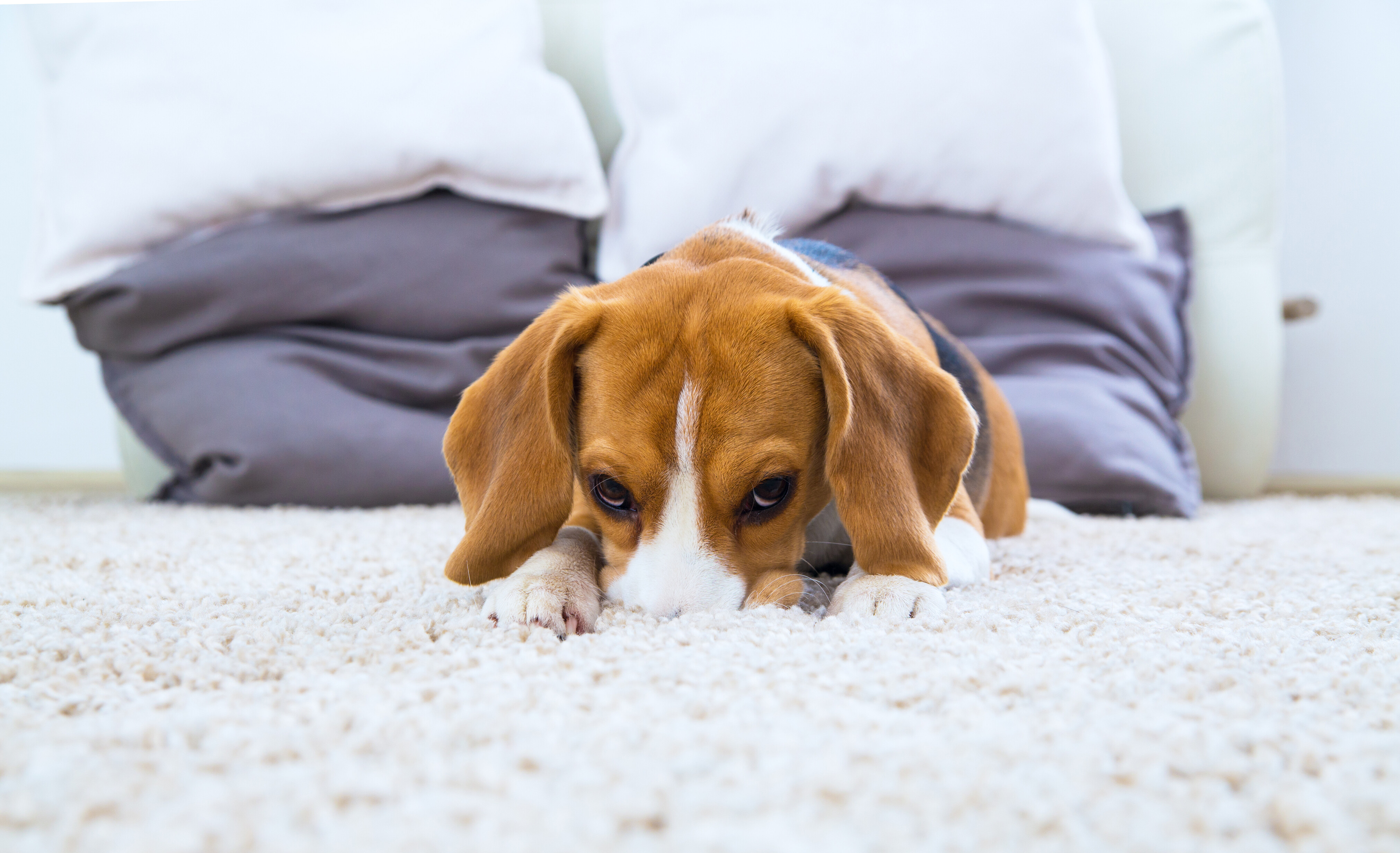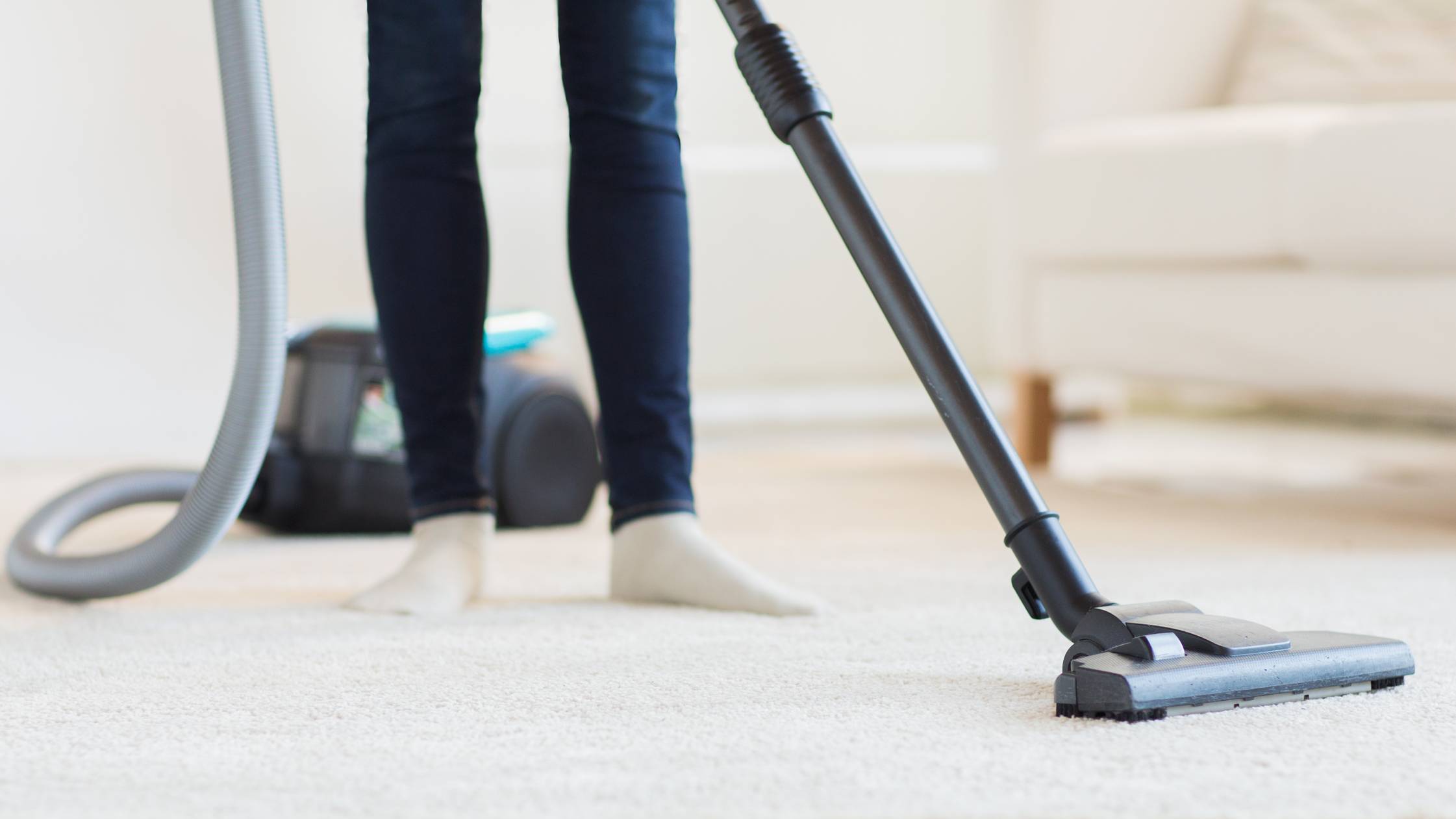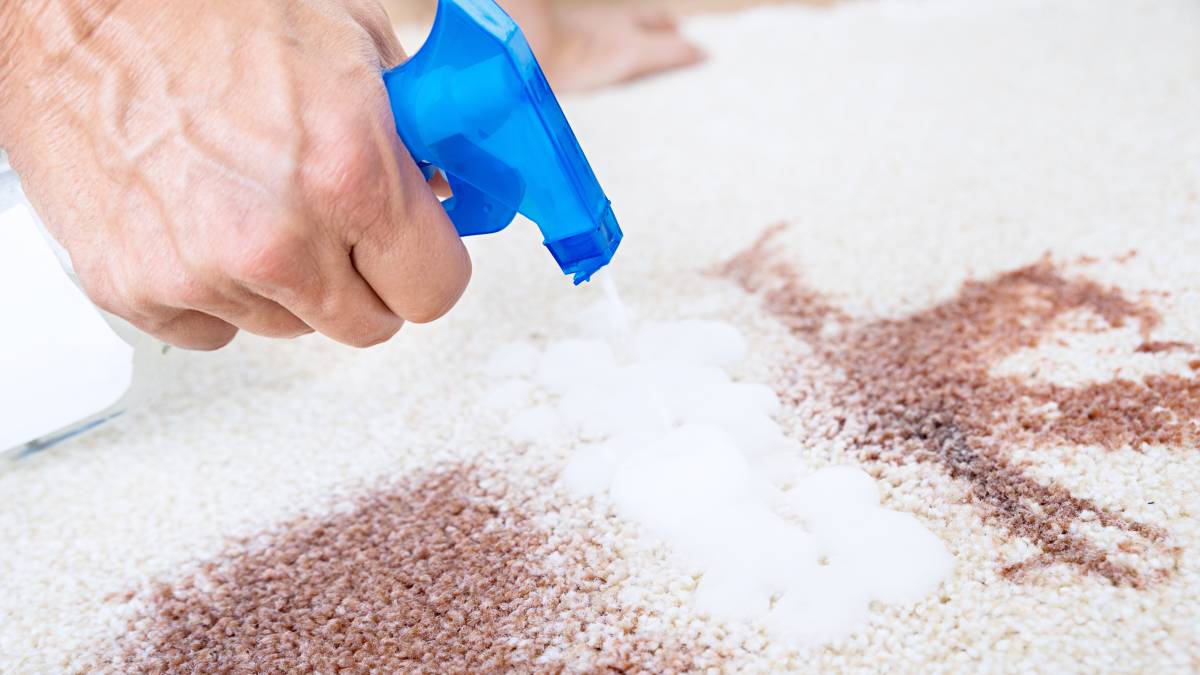- Home/
- Guides/
- Carpet Cleaning/
- Flooded Carpet Cleaning
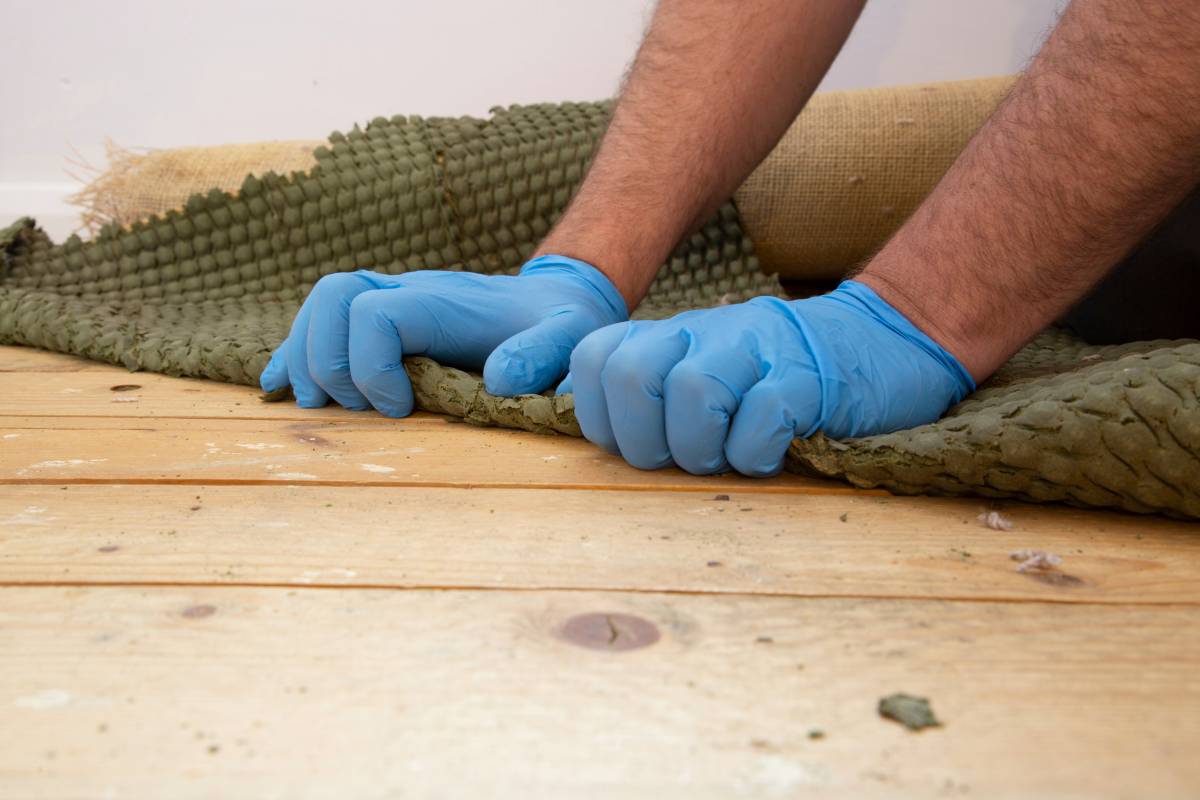
Can you save a flood damaged carpet?
Find a carpet cleanerLast Updated on
In the aftermath of a serious flood, there’s no doubt you’ll have questions about water damaged items in your home including your rugs or carpet
Can water damage your carpet? Also, is it even possible to save a carpet soaked by flooding or rainwater?
The simple answer is yes in most cases. However, a flood or water damaged carpet needs certain conditions and preventative measures to make saving it worthwhile. In this guide, get to know what you can do to save a wet carpet after a flood and potentially save thousands of dollars in replacement costs.
A carpet cleaning specialist can quickly assess your flood damaged carpet and save it as soon as possible.
What to consider before trying to save your water soaked carpet
If certain conditions are met, your water soaked carpet can still be saved and restored to its former glory. However, consider these factors before trying to save your carpet or spending on a flooded carpet cleaning service.
1. Your carpet’s age
A fairly new carpet is worth saving, while a decades-old one may be best removed and replaced. Most older carpets have endured years of foot traffic and the weight of furniture. As a result, the primary backing and secondary padding on older carpets are likely to be very fragile. One flood could cause the padding to deteriorate and come away from the primary backing.
You may still have an expert assess whether your old carpet is worth saving. But bear in mind that the process of removing water from an old carpet may prove costly and futile.
2. The type of floodwater
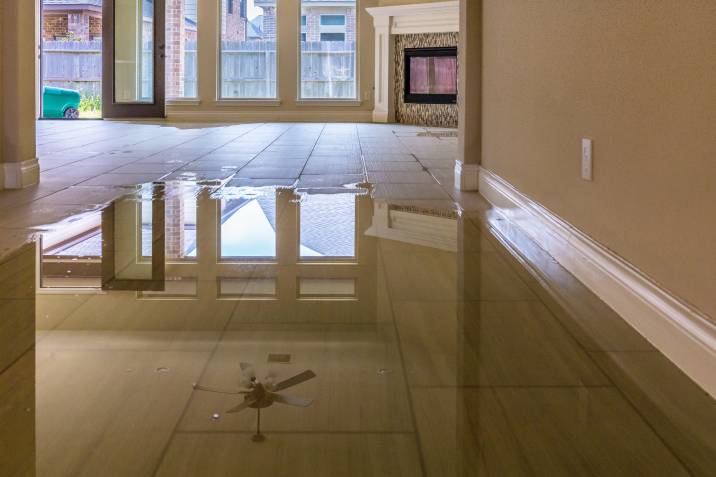
To determine how to dry and clean a soaking wet, flooded carpet, carpet cleaning experts must know which type of floodwater is involved. There are three distinct categories:
Category 1: Clean water
This water can come from overflowing sinks or broken pipes. Rainwater that isn’t contaminated by pollutants or other impurities also falls under this category. Note that this type of floodwater can descend into category 2 if left for a long time to saturate your carpet.
Category 2: Greywater
This is any type of contaminated water that can cause sickness, whether by swallowing or exposure to bare skin for a long period. Greywater can include toilet overflows (that don’t have solid matter) and overflows from washing machines and shattered aquariums. If left to saturate your carpet, greywater can descend into category 3.
Category 3: Blackwater
The most damaging of the lot, blackwater can include floodwater full of harmful bacteria, viruses, toxic substances, and other contaminants. The list can consist of seawater, raw sewage, swamp water, overflow from rivers, streams and floodwater from cyclones, storms, and other similar weather disturbances.
As the contaminants present in blackwater can pose a serious health risk, some cleaning professionals may advise abandoning any attempt to clean and restore carpets in this case. Still, there can be exceptions.
3. How long your carpet stayed wet
Apart from the type of floodwater, how long your carpet was saturated also determines if it can be saved or not. Industry best practices recommend that you shouldn’t allow any type of water to saturate your carpet for more than 48 hours. However, it’s better to stay on the safe side and never allow carpets to stay soaked for more than 24 hours.
Note how flood water can worsen with time:
Category 1: Clean water - Descends into Category 2 after 24 to 48 hours of saturation
Category 2: Greywater - Descends into Category 3 after 24 to 48 hours of saturation
Category 3: Blackwater - Usually renders carpets unsalvageable
Some cleaning experts may still be able to restore a water-soaked carpet. Moreover, they’ll have to take a closer inspection and consider other factors like the degree and duration of saturation and how soon you reported the flood to them.
What to do before drying your carpet
Before starting the process of drying and saving your flood damaged carpet, do the following steps:
Step 1. Stop the flooding at its source
This step is applicable only if the flooding is due to a burst pipe, clogged drain or other problem with your home’s plumbing. In this case, switch off your main water valve. If you’re uncertain about how to do this, hire a plumber and have them fix your plumbing-related flooding issue.
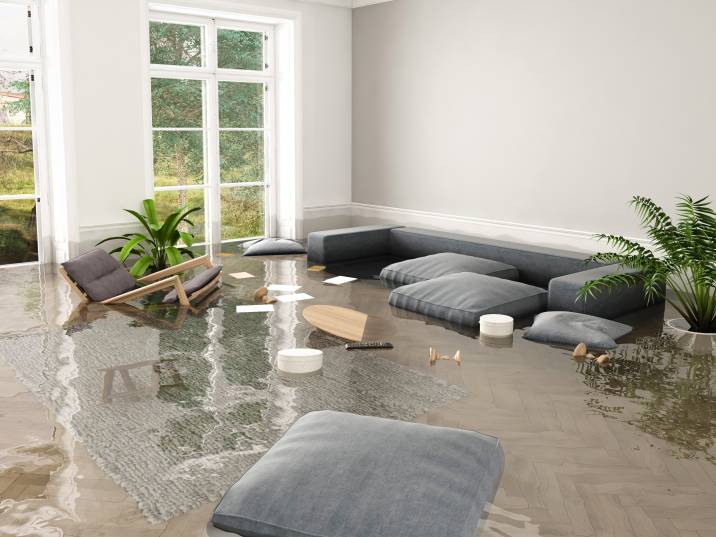
In case of disastrous flooding due to recent extreme weather, wait for the floodwaters to subside. If you were advised to evacuate, do not attempt to return to your home until authorities say it’s safe.
Step 2. Remove any standing water
Once floodwaters have subsided, remove any remaining water on your carpet or carpeting. You can use a wet-dry vacuum to suck up small amounts of water, but remember to remove your vacuum filter first. You can also soak the water up with several towels or rags.
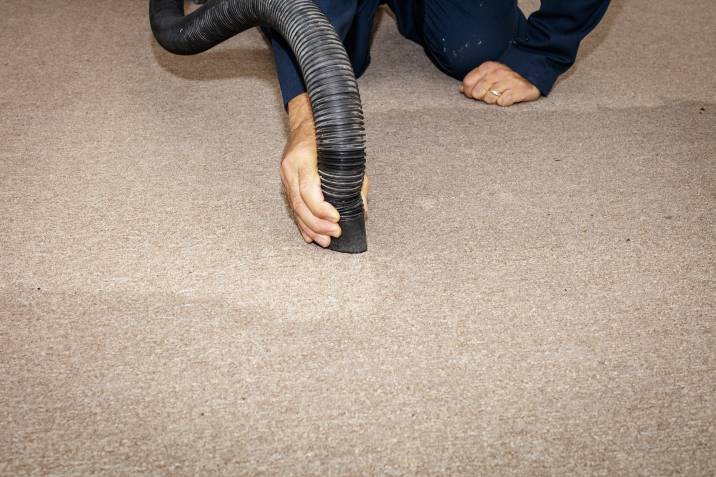
If you’re dealing with more than a few inches of water in your home, get rid of it quickly by renting a water pump from your local area. (You can post a task for water pump rental and even get someone to help you remove standing water from your property.)
Step 3. Remove furniture and clutter
Proceed to remove any furniture that’s on or can get in the way of drying your water-soaked carpet. Don’t forget to remove clutter like newspapers, magazines, or other soaked material that can become a breeding ground for mould. Note that you can book a furniture removal service to help you move your furniture to a dry area or dispose of unusable furniture.
Step 4. Dry the carpet
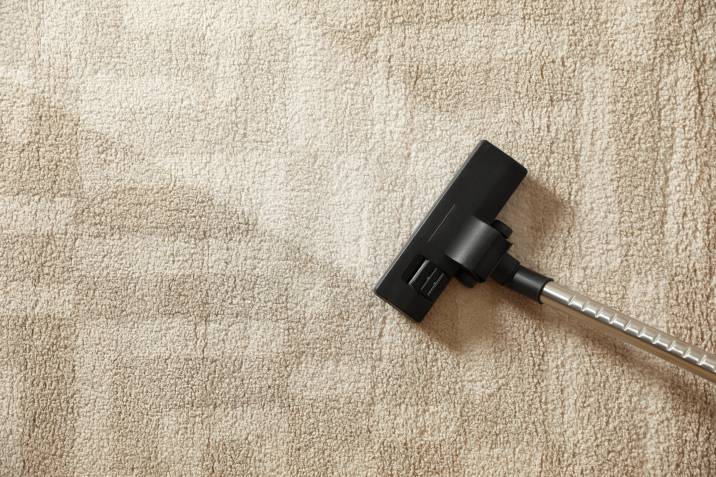
Once furniture and clutter are removed from your wet carpet, use your wet-dry vacuum, a fan, or dehumidifier to facilitate drying. Don’t turn off the fan or dehumidifier until the carpet is completely dry. If your carpet has underlying foam padding, you may have to remove the carpet and the underlying padding.
How to clean a water-soaked carpet
In cases where your carpet has become soaked in smaller, more manageable spots, you can use baking soda to remove water stains.
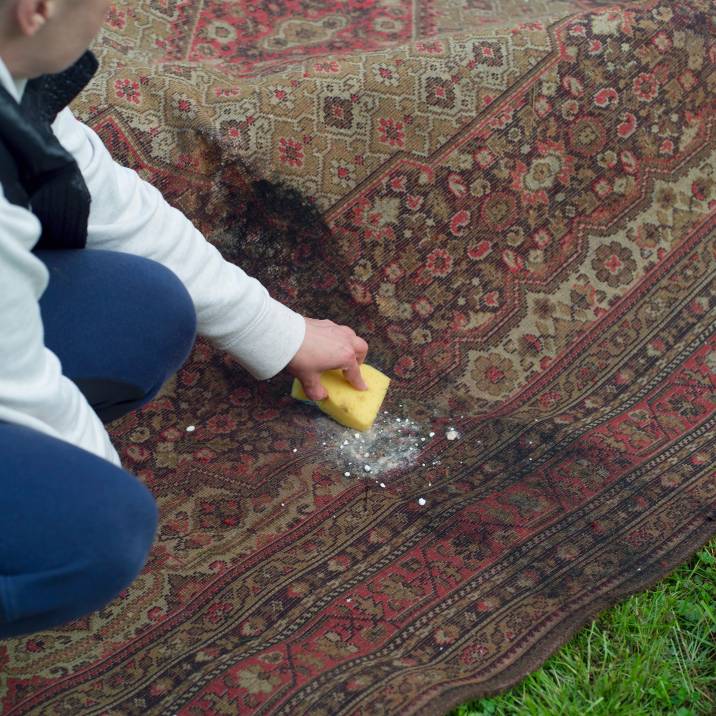
Apply a generous amount of baking soda on all the wet spots and press in lightly.
Leave the baking soda for at least half an hour, then use a vacuum to pick up all the baking soda along with all the absorbed water and moisture.
You can follow up with a steam cleaner if you have one or call a professional carpet cleaner if this procedure doesn’t work.
☞ Related guide: How much does carpet cleaning cost?
The best way to save a flooded carpet
The most you can do for your flooded carpet is drain all the water and do what you can to speed up the drying process. You may not have all the tools and equipment nor the time to ensure your carpets are completely dried, cleaned, and sanitised. For this reason, you can hire a professional carpet cleaner to efficiently dry out, clean, and disinfect your carpet. Severe flooding can catch you off-guard and damage your carpet. When this happens, don’t panic – Airtasker is here to help!
FAQs on flooded carpet cleaning
Even the clearest and seemingly cleanest water can have sediments or impurities. These impurities show up as water stains on your carpet after the water dries. To prevent carpet stains, immediately soak up any water with towels or rags that spill on your carpet. You can then apply baking soda to the area, leave it for about half an hour to draw out moisture, and vacuum the baking soda afterwards.
Apply diluted dish soap or detergent on the stain with a rag. Dab the rag on the stain; Don’t rub. Continue doing this until the stain is gone, then wipe off excess soap or detergent with a clean rag. You can use a vinegar mixture if the water stains are more stubborn. Never use bleach as this is too harsh and can remove the colour of your carpet.
After removing any standing water, furniture and clutter, scrub your bare floors with a mixture of hot water and detergent. As you let the mixture settle, prepare another mixture of bleach and water. You can mix about one-half cup of bleach with every 4 litres of water. Apply the bleach mixture with a mop, then let your floors air-dry. You can also use fans to hasten drying.
In most cases, floodwater isn’t actually clean, and drying isn’t enough. Drying can take days, with powerful fans and dehumidifiers running constantly. If you manage to dry all your carpets, you need to follow up with a strong cleaning agent to kill bacteria and prevent the onset of mould. It’s best to hire a professional carpet cleaning service if you don’t have all the equipment, skills, and experience drying and cleaning carpets after a flood.
Find carpet cleaners, fast
Find a carpet cleaner
Related articles
Related price guides


